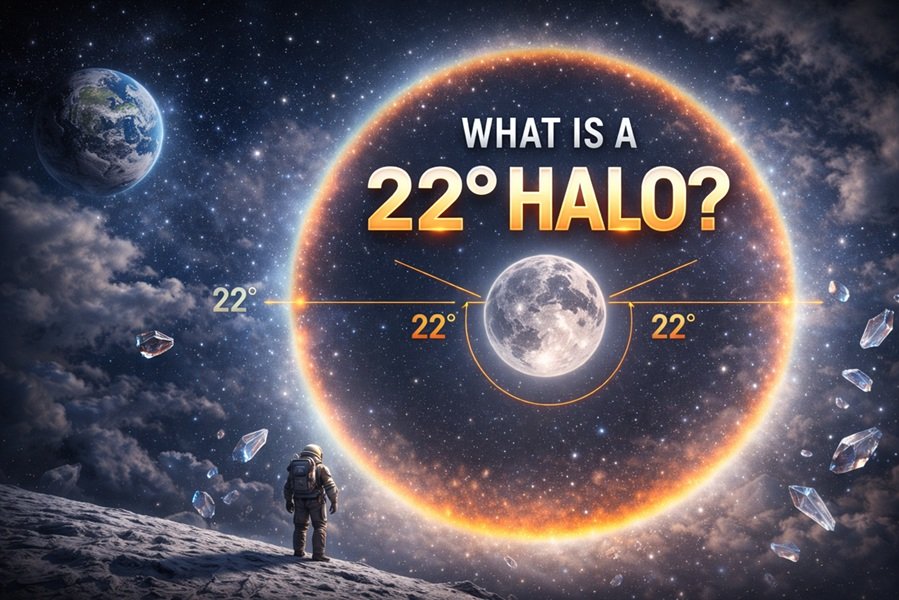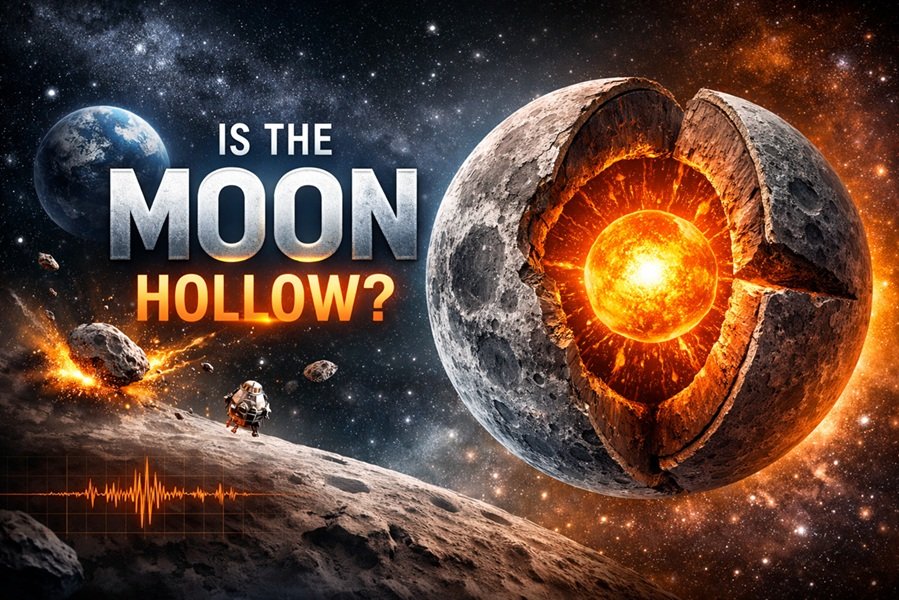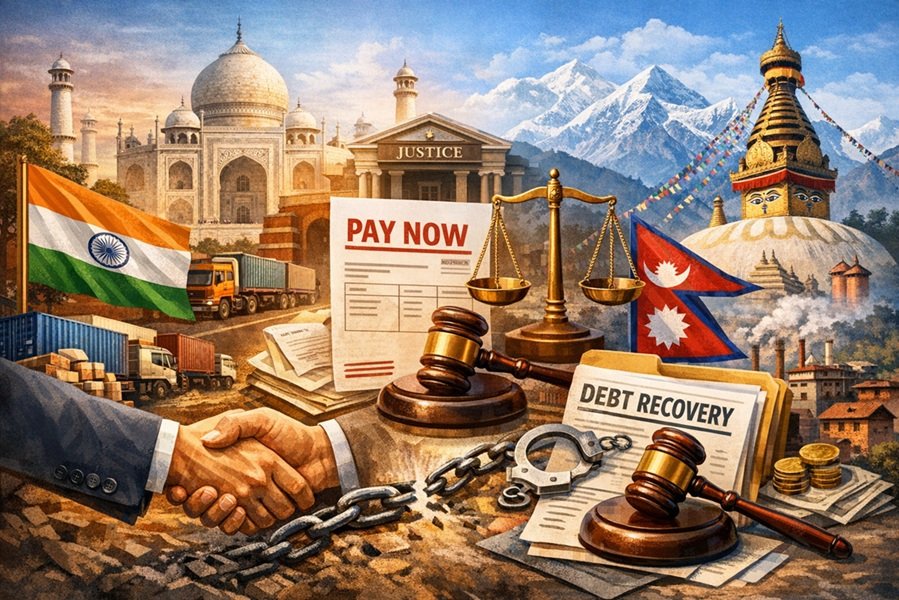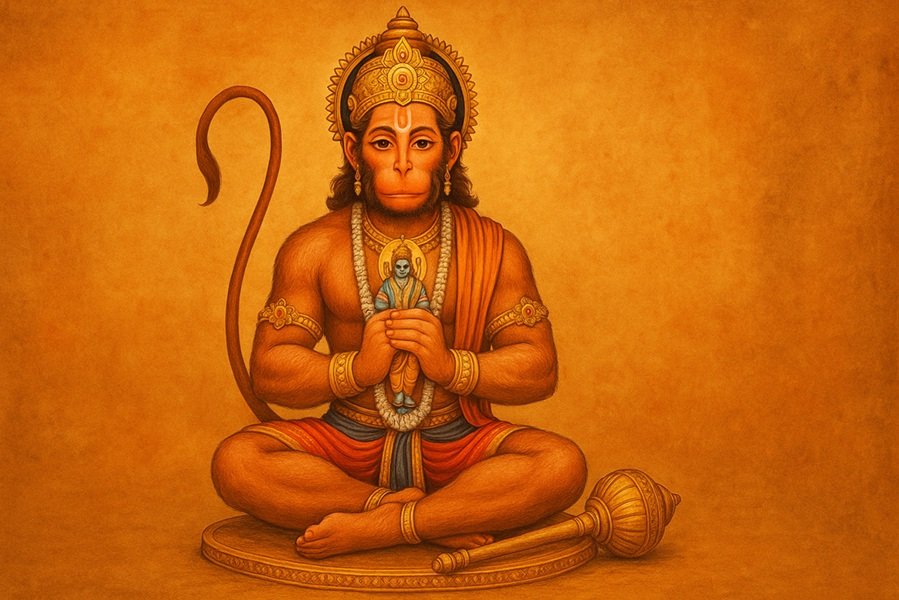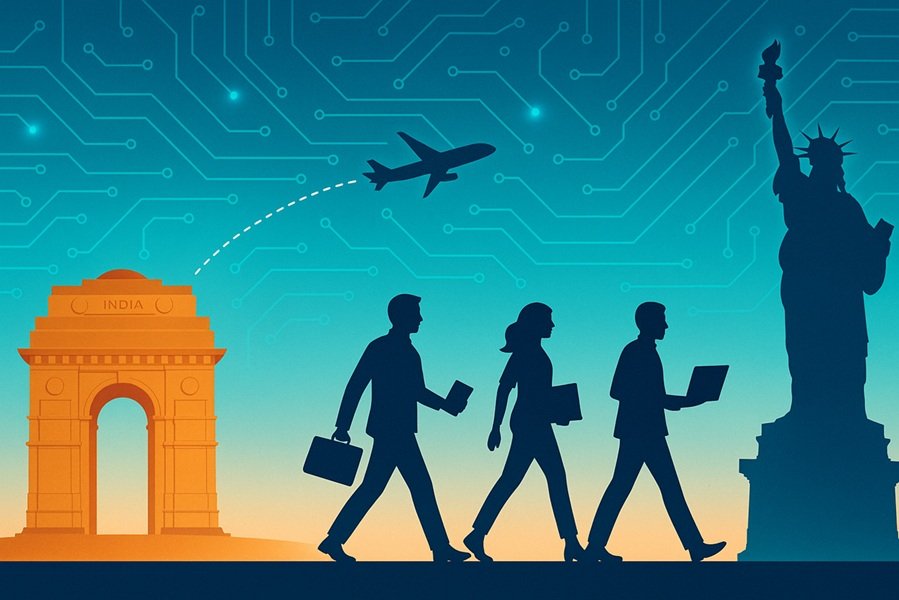
Introduction
The H-1B visa is the gateway to the American dream for thousands of highly skilled Indian professionals each year. It represents ambition, global mobility, and a bridge between India’s world-class technical talent and the United States’ innovation-driven economy.
From Silicon Valley startups to Fortune 500 tech giants, Indian engineers, data scientists, and consultants have become the backbone of America’s technology landscape. Yet behind this success story lies a complex system of rules, quotas, and evolving immigration policies that directly influence India’s workforce and economy.
This article explores the relationship between India and the H-1B visa — its process, importance, challenges, and future in an age of global digital transformation.
What Is the H-1B Visa?
The H-1B visa is a non-immigrant visa that allows U.S. employers to hire foreign professionals in “specialty occupations” — roles that demand advanced technical or academic expertise.
Key Highlights:
- Duration: Initially valid for 3 years, renewable for another 3 years (total 6 years).
- Quota: 85,000 new visas per fiscal year (65,000 general + 20,000 for U.S. master’s degree holders).
- Selection: Randomized lottery system managed by USCIS (U.S. Citizenship and Immigration Services).
- Fields Covered: Information technology, engineering, finance, architecture, medicine, and education.
Essentially, the H-1B program connects global skill supply (India) with global demand (U.S. tech industry).
Read this: Visa: Types of Visa and Other Related Information
India’s Prominent Role in the H-1B Ecosystem
For decades, Indian professionals have dominated the H-1B landscape.
- Over 70% of all H-1B visas are granted to Indian nationals.
- Indian IT firms such as Infosys, TCS, Wipro, and HCL Technologies sponsor thousands of workers each year.
- Major U.S. tech employers — Google, Amazon, Meta, Microsoft, and Apple — also recruit heavily from Indian universities and companies.
This dominance highlights India’s unmatched STEM education pipeline, English proficiency, and technological expertise.
📊 By the Numbers (2024-2025 trends)
- Indian share of H-1B approvals: Nearly 78%
- Top Indian cities for H-1B applicants: Bengaluru, Hyderabad, Chennai, Pune, Gurugram
- Top U.S. states for Indian H-1B holders: California, Texas, Washington, and New York
The H-1B Visa Process: Step by Step
- Employer Sponsorship – A U.S. company must first offer a valid job position requiring a specialized skill set.
- Labor Condition Application (LCA) – The employer files this with the U.S. Department of Labor to confirm fair wages and conditions.
- Electronic Registration – Each March, employers submit candidate entries for the annual lottery draw.
- Petition Filing (Form I-129) – Once selected, the employer submits full documentation to USCIS.
- Visa Stamping & Entry – The applicant visits a U.S. consulate (usually in India) for visa stamping before traveling.
The process is highly competitive — often receiving three to four times more registrations than available slots.
Why the H-1B Matters for India
1. Global Career Pathway
It enables Indian professionals to work in some of the world’s most innovative companies, gaining exposure, skills, and experience.
2. Economic Impact
H-1B holders contribute significantly to India’s economy through remittances — estimated at over $100 billion annually, with a large portion coming from the U.S.
3. Knowledge Transfer & Return Talent
Many professionals eventually return to India, fueling local startups, R&D centers, and tech hubs with international expertise.
4. Soft Power and Bilateral Ties
Indian H-1B professionals strengthen people-to-people and economic ties between the two largest democracies in the world.
Key Challenges Faced by Indian H-1B Holders
1. Lottery System Uncertainty
Even top-qualified applicants face rejection purely by chance due to the random selection process.
2. Limited Job Mobility
Visa holders are tied to their sponsoring employer; losing a job can mean losing legal status within 60 days.
3. Green Card Backlogs
Indians face some of the longest green card waiting times, often spanning decades, due to per-country caps.
4. Policy Volatility
Immigration rules fluctuate with each U.S. administration, creating instability for long-term planners.
5. Dependent Spouse Restrictions
While H-4 visa holders (spouses) can work under specific conditions, policy changes and delays often disrupt their employment.
Broader Impact on U.S.–India Relations
The H-1B program plays a vital diplomatic role.
- It fuels U.S. innovation by supplying skilled labor.
- It strengthens India’s global talent reputation.
- It supports trade and technology collaboration between both nations.
Every major Indo-U.S. bilateral dialogue, from the Strategic and Commercial Dialogue to Tech Partnership Talks, includes the H-1B and skilled migration issue as a key agenda point.
Notably, many top tech leaders in the U.S. — Sundar Pichai (Google) and Satya Nadella (Microsoft) — began their journeys as international students and H-1B professionals.
Future Trends and Outlook
1. AI and Emerging Tech Demand
As industries shift toward AI, data science, robotics, and cloud computing, the demand for skilled Indian workers is likely to grow.
2. Policy Modernization
The U.S. is considering reforms to make the H-1B system more merit-based and less lottery-dependent.
3. Digital India Effect
India’s thriving tech ecosystem — from Bengaluru’s AI startups to Hyderabad’s fintech firms — may soon offer world-class opportunities at home, reducing brain drain.
4. Remote Work and Global Teams
Post-pandemic work models allow companies to hire Indian talent remotely, creating hybrid alternatives to physical relocation.
Conclusion
The H-1B visa continues to symbolize hope, opportunity, and partnership. It connects India’s vast intellectual pool with America’s technological frontier, creating a cycle of innovation that benefits both nations.
Despite its challenges — uncertain lotteries, long green-card waits, and shifting policies — the H-1B remains a cornerstone of U.S.–India relations and a lifeline for millions of ambitious Indian professionals.
As the world embraces a digital and AI-driven future, the story of the H-1B visa will keep evolving — from a work permit to a symbol of global collaboration and shared prosperity.
